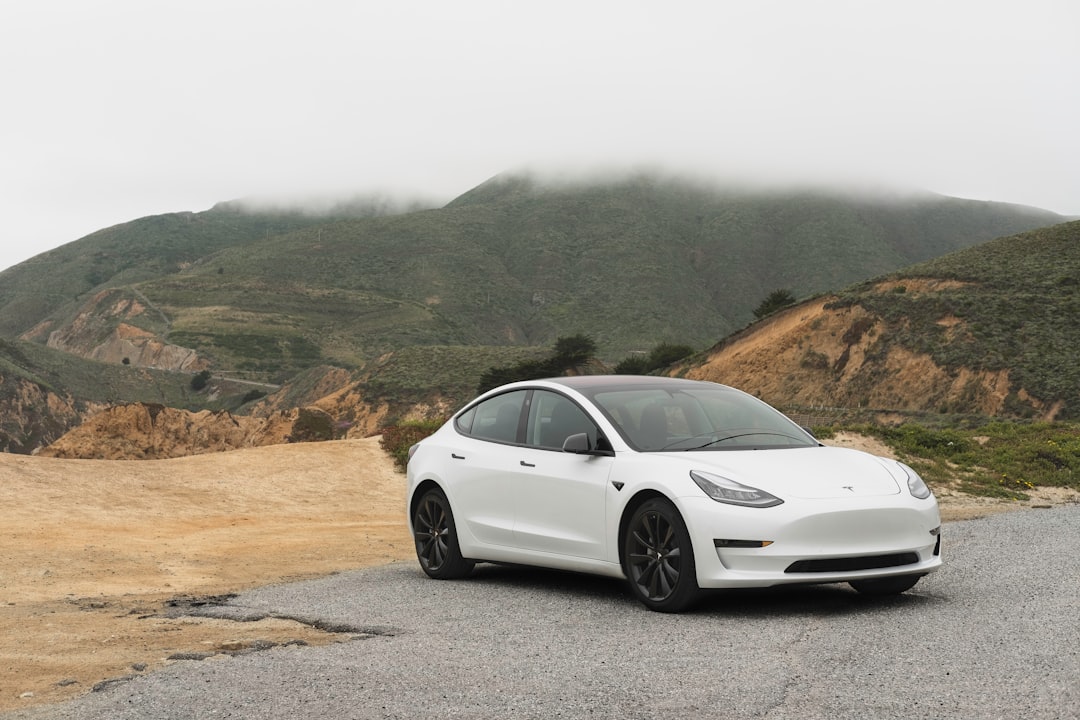Stocks To Buy Right Now

stocks to buy right now

Tesla’s Robotaxi Debut in Austin: Milestone or Mirage?
Tesla (NASDAQ:TSLA) has finally unleashed its long-promised robotaxi, beginning limited tests in Austin, Texas. A small fleet of driverless Model Y vehicles, outfitted with cameras and powered by Tesla’s Full Self-Driving (FSD) software, is now transporting passengers — under carefully controlled conditions.
But this is where the real challenge begins. Can Elon Musk’s vision of millions of autonomous Teslas on the road by next year actually materialize?
What We Know About the Austin Launch
The rollout is hyper-curated:
Only about a dozen cars are involved
All operate in a geofenced zone
Each vehicle has a front-seat safety monitor
Tesla uses remote teleoperators for backup
Weather avoidance protocols are in place
Handpicked Tesla influencers are among first passengers
This is not full autonomy. It’s a pilot test—a cautious, heavily supervised trial meant to refine the software and optics.
Key Hurdles to National Robotaxi Rollout
1. Regulatory Complexity
Tesla is essentially trying to leapfrog traditional AV regulation. Unlike Waymo, Cruise, or Zoox, Tesla’s camera-only approach sidesteps most industry norms like lidar, radar, or robust safety case studies.
📊 Curious how Tesla handles this in its public reporting? Use FMP’s SEC Filings API to track disclosures, risk factors, and AV-related language in its 10-Ks and 8-Ks.
2. Technical Maturity of FSD
Musk claims that Tesla will be “Mars-level” autonomous by next year. But experts aren’t convinced:
“A rollout could be really quick. If the software works, Tesla robotaxi could drive any road in the world,” says Seth Goldstein at Morningstar.
Still, University of South Carolina’s Bryant Walker Smith offers a dose of realism:
“It’s like announcing that, ‘I’m going to Mars’ and then, you know, going to Cleveland.”
The FSD V12 software is camera-only and AI-driven, but lacks the redundancy and spatial accuracy of lidar-equipped systems. Tesla’s real-time data network is its advantage—but AI vision alone remains a controversial bet.
3. Scalability and Hardware Limitations
Tesla plans to retrofit existing vehicles as robotaxis, reducing deployment costs. But hardware constraints—such as battery degradation, compute limitations, and sensor calibration—may delay or dilute this vision.
Financial Implications for Tesla and Investors
If Musk succeeds, robotaxis could:
Turn Teslas into income-generating assets
Create a scalable ride-hailing network
Add a high-margin revenue stream to TSLA’s portfolio
Disrupt mobility giants like Uber, Lyft, and Waymo
🔍 Dive deeper into Tesla’s unit economics using the Company Rating & Information API, which evaluates valuation, financial strength, profitability, and long-term potential based on real financials.
So, Is Tesla Really Close?
The Austin trial is a symbolic breakthrough—but a global robotaxi network in 12 months? Experts remain skeptical.
Key dependencies include:
FSD performance across diverse weather, lighting, and road conditions
U.S. federal and state AV regulations, which vary widely
Public trust and accident liability frameworks
Tesla’s ability to push over-the-air software updates at scale
Final Takeaway
Tesla’s robotaxi isn’t vaporware anymore — it’s on the road. But scale, safety, and software readiness remain critical hurdles. For investors and consumers, it’s time to track less hype and more filings, real-world tests, and financial readiness.
With APIs like the SEC Filings API and Company Rating & Info API, analysts can cut through marketing noise and assess if this future is profitable, not just possible.
Want to know when to buy this stock? Download the Stocks 2 Buy app.


